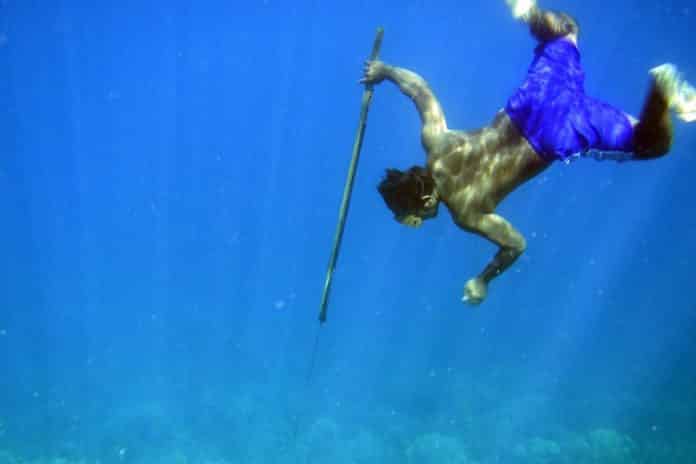Indonesian “Sea Nomads” are Aided by Genes for Oxygen-Free diving
Humans are the only mammals to have colonized all of Earth’s most extreme environments, from high altitude mountain chains to the remote islands of the Pacific. Human phenotypic adaptations to extreme environments have been the subject of much research, in part because locally adapted populations provide an opportunity to study the genetic and physiological consequences of environmental perturbations.
People in Tibet and Ethiopian highlands have adapted to living at high altitudes, for example. Cattle-herding people in East Africa and northern Europe have gained a mutation that helps them digest milk as adults. Now, a team of researchers reported a new kind of adaptation — not to air or to food, but to the ocean. A group of sea-dwelling people in Southeast Asia have evolved into
better divers.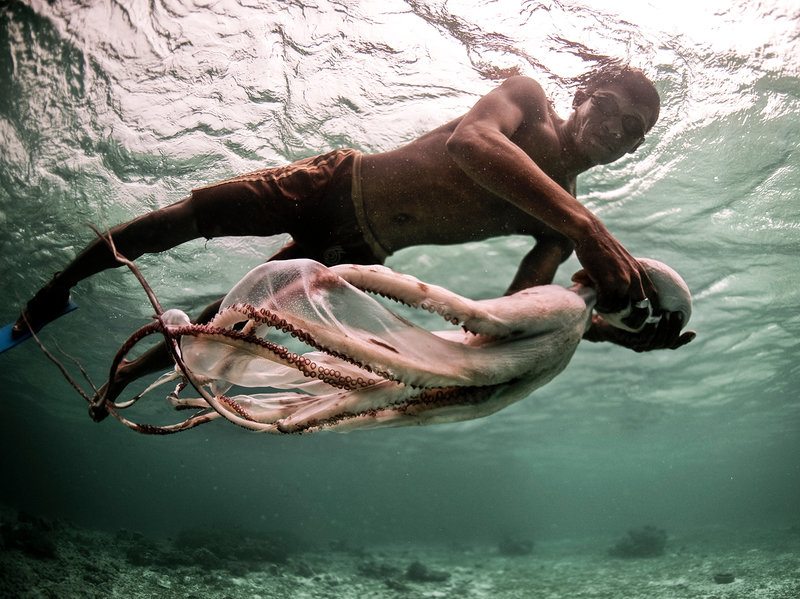
For over 1,000 years, the Bajau people – known as “sea nomads” have traversed the seas in houseboats, hunting for food by free diving with spears. As a result, the Southeast Asian population has evolved a remarkably ability to dive to great depths. Known for their remarkable breath-holding abilities, Bajau are capable of diving up to 70m with nothing more than a set of weights and traditional wooden goggles.
But while the Bajau people’s talents have long been known, it was unclear whether the skill was the result of practice, as in the case of the excellent underwater vision of Thai “sea nomad” children, or the result of adaptations which have their roots in the Bajau people’s DNA.
What wasn’t previously known was whether their preternatural diving skills have a genetic basis, given that they may spend 60% of their workdays underwater hunting for fish and sea cucumbers.
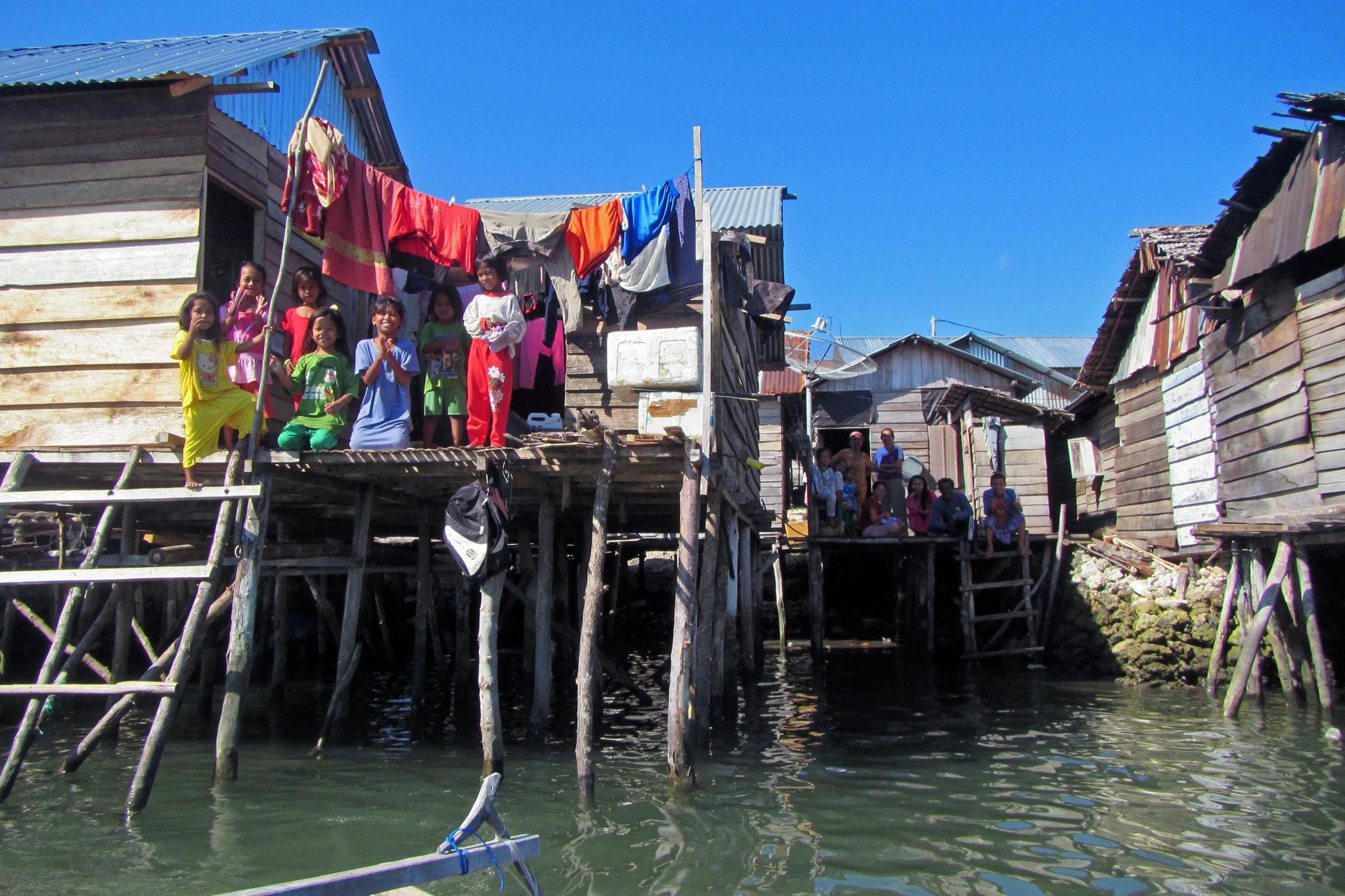
“That doesn’t really compare to any other humans. The closest thing to that is sea otters,” said evolutionary geneticist Melissa Ilardo, whose latest research focuses on a Bajau community in Sulawesi, Indonesia.
Previous work showed that in seals, marine mammals that spend much of their life underwater, spleens are disproportionately large. Study author Melissa Llardo from the Center for Geogenetics at the University of Copenhagen wanted to see if the same characteristic was true for diving humans. During a trip to Thailand, she heard about the sea nomads and was impressed by their legendary abilities.
“I wanted to first meet the community, and not just show up with scientific equipment and leave,” she says of her initial travels to Indonesia. “On the second visit, I brought a portable ultrasound machine and spit collection kits. We went around to different homes, and we would take images of their spleens.”
Over three trips in the summer of 2015, she got to know people from the Bajau village of Jaya Bakti in Indonesia. She explained her work as a geneticist, went diving with them, and learned about their lifestyles. On one trip, she brought along an ultrasound machine, and scanned the bodies of 59 villagers. That’s when she realized that the Bajau have unusually large spleens—50 percent bigger than those of the Saluan, a neighboring group who barely interact with the sea.
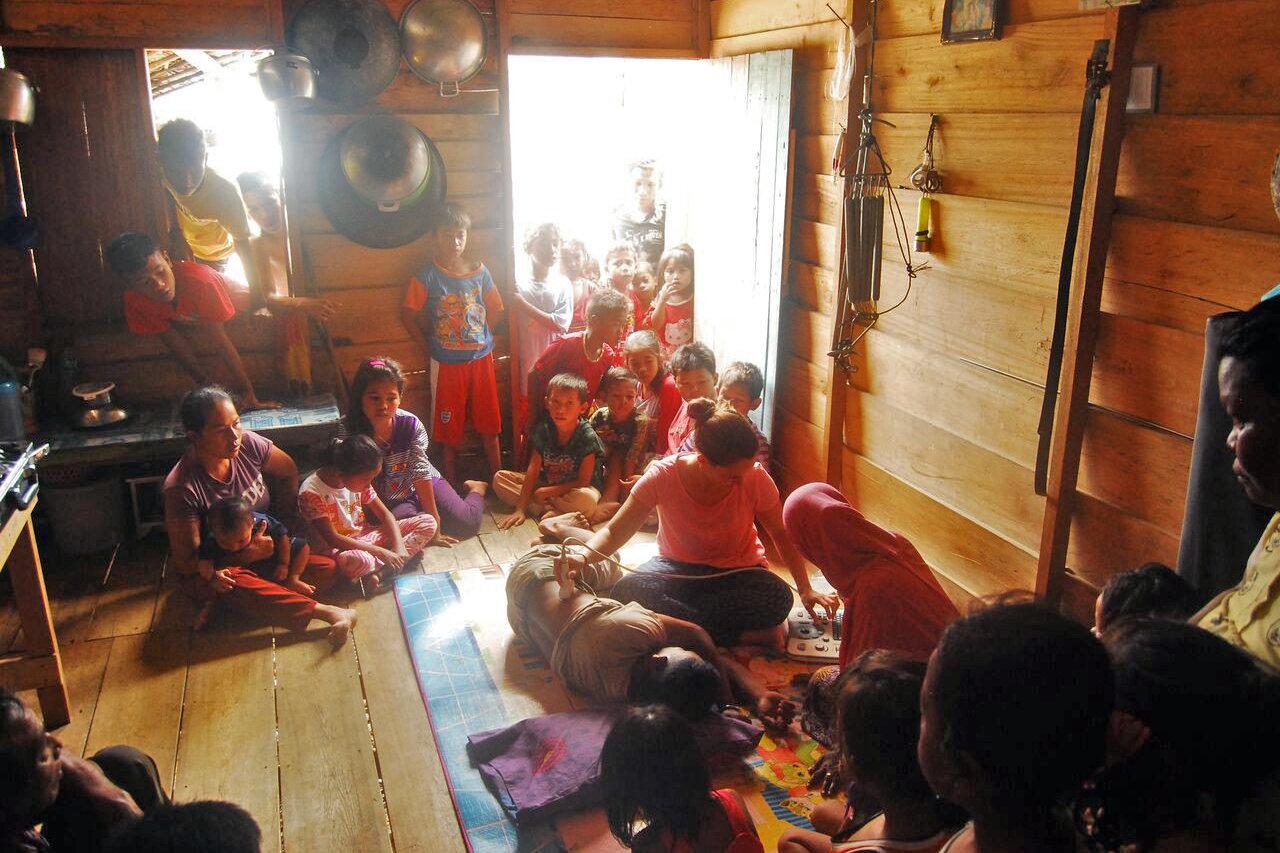
Ilardo took saliva samples from and performed ultrasounds on 43 Bajau people and 34 Saluan people, who live on a nearby island but are predominately farmers. She found that while Saluan people had an average spleen size of about 100 cubic centimeters, Bajau spleens averaged 150 cubic centimeters—about the size of a tennis ball.
The spleen acts as a warehouse for oxygen-carrying red blood cells. When mammals hold their breath, the spleen contracts, expelling those cells and boosting oxygen levels by up to 10 percent. For that reason, the best competition free divers tend to have the largest spleens, as do the deepest-diving seals.
Ilardo suspected that the Bajau could have genetically adapted spleens as a result of their marine hunter-gatherer lifestyle, based on findings in other mammals. “There’s not a lot of information out there about human spleens in terms of physiology and genetics,” she said, “but we know that deep diving seals, like the Weddell seal, have disproportionately large spleens. I thought that if selection acted on the seals to give them larger spleens, it could potentially do the same in humans.”
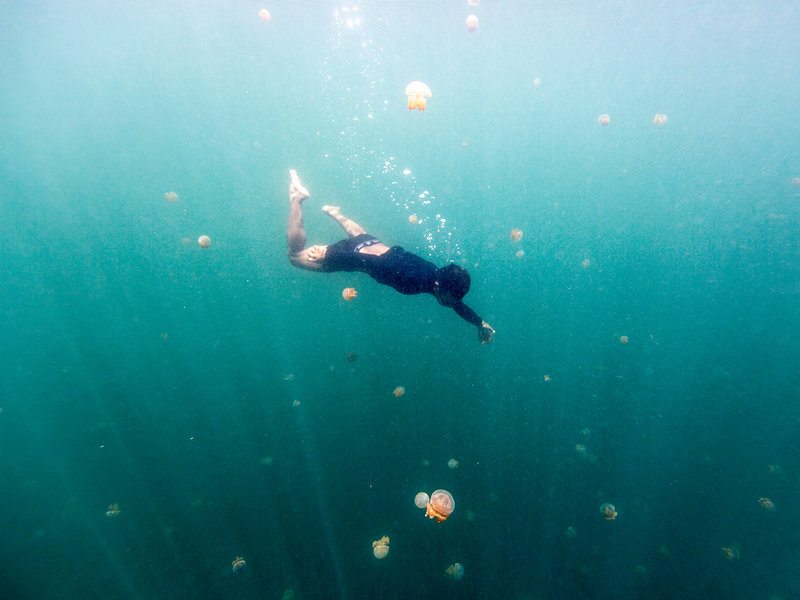
Accordingly, and for the next stage of the study, the researchers conducted a genetic analysis. They uncovered over two dozen genetic mutations, or variants, among the Bajau people that were distinct when compared to two other populations, the Saluan and the Han Chinese. One marker, a gene known as PDE10A, was associated with the enlarged spleen. Scientists who work on mice are quite familiar with this gene, as it regulates the thyroid hormone that controls the size of, you guessed it, the spleen.
“Overall, our results suggest that the Bajau have undergone unique adaptations associated with spleen size and the diving response, adding new examples to the list of remarkable genetic adaptations humans have experienced in recent evolutionary history,” conclude the authors in their study.
“The chance of finding evidence of population-specific natural selection, even in a population as extreme as the Bajau, was pretty slim,” says Ilardo. “It was very exciting to find, and it just opens up so many possibilities. I think it’s fascinating to see just how extraordinary this population is, to think that they’re almost like superhumans living among us with these really extraordinary capabilities. But I also think natural selection is a lot more powerful than we sometimes give it credit for, and maybe we should be looking for it in more places than we thought.”
More importantly, Ilardo’s team’s work highlights the need to work with minority populations. “There’s incredible genetic diversity [in Indonesia], and it’s really under-characterized,” she says. People who are not white are chronically omitted from medical research, which leaves huge holes in scientific literature.


























